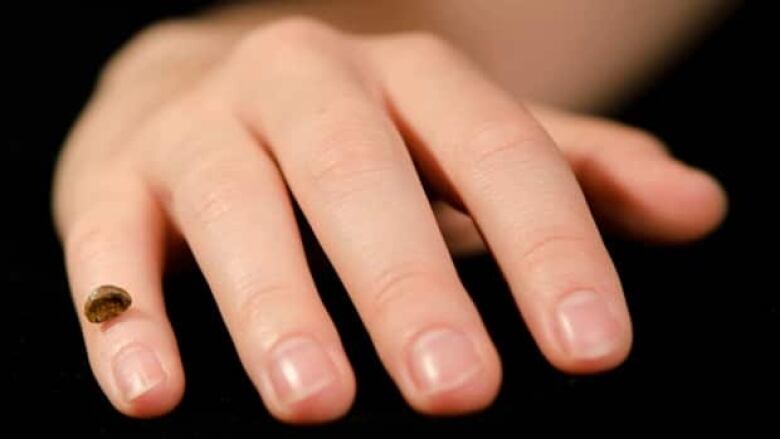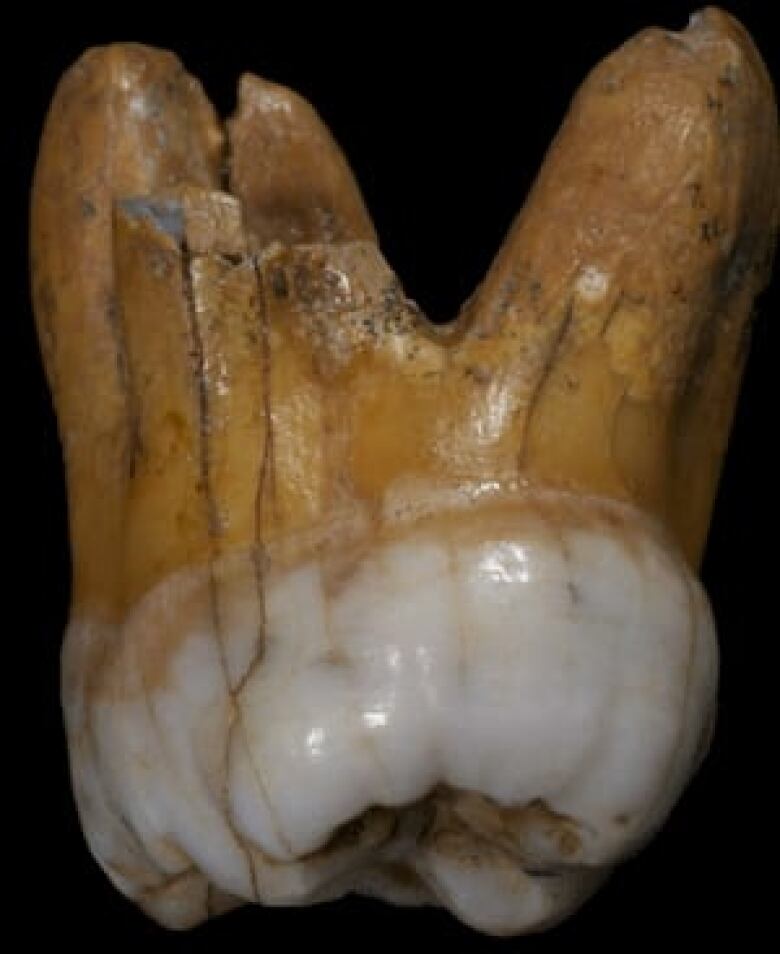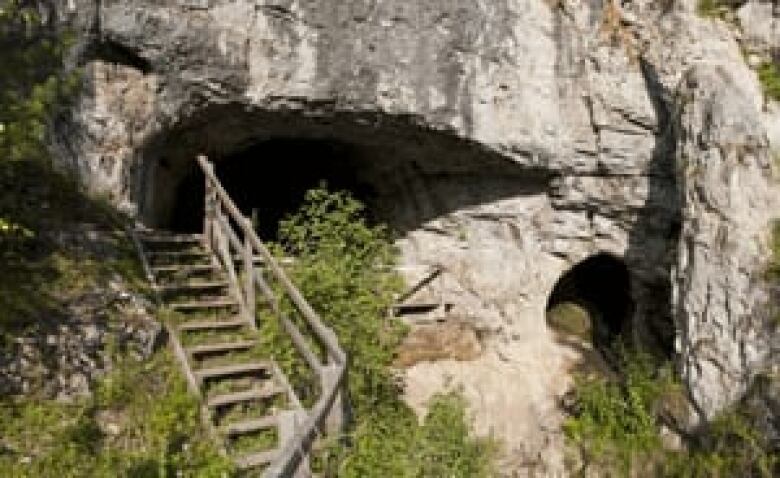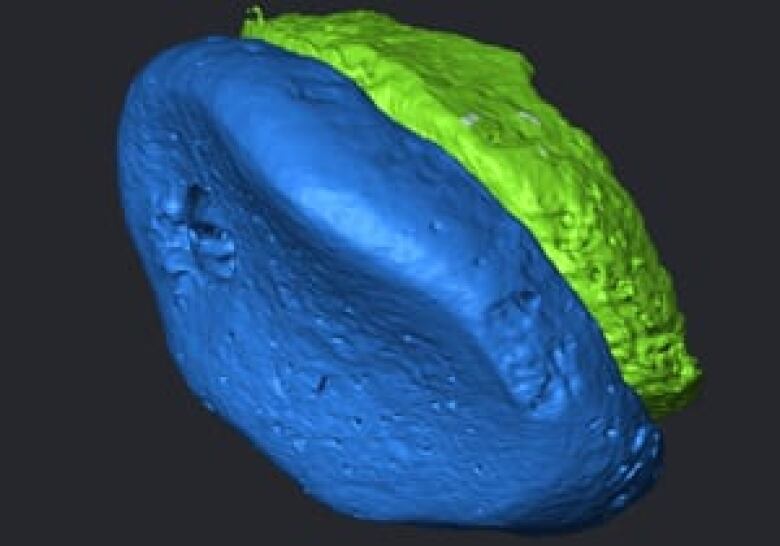Genome of Denisovan cave girl sheds light on human ancestry
Researchers map genome of ancient people who shared genetic heritage with those of Southeast Asia, Oceania

Scientists have sequenced the complete genome of a Denisovan, an ancient human, from a tiny finger bone fragment.
Their work provides the most detailed picture yet of the human that lived alongside Neanderthals and contributed to the genetic heritage of people living in Southeast Asia, Papua New Guinea and possibly Australian Aborigines.
An international team of researchers led by Svante Pbo of the Max Planck Institute for Evolutionary Anthropology in Leipzig, Germany, used an advanced DNA sequencing technique to map the genome from the finger bone of a young Denisovan girl.
"This research will help determine how it was that modern humans came to expand dramatically in population size as well as cultural complexity while archaic humans eventually dwindled in numbers and became physically extinct," they say.
Previous research suggests Denisovans evolved as a separate group from Neanderthals.
Link topopulations inSoutheast Asia, Oceania
While Neanderthals contributed to the genetic heritage of all modern populations outside Africa, Denisovans contributed exclusively to populations in Southeast Asia and Oceania.

Fossil evidence of the Denisovan people is scant, existing only in remains of the finger bone and two teeth excavated from a cave in Siberia.
The researchers extracted the genome using single-strand DNA sequencinga technique that turns a single strand into a double strand of DNA, boosting the amount of sample materialand tentatively dated the boneas 74,000to 82,000 years old.
They then compared the sequence to the genomes of Neanderthals and 11 modern humans from around the world.
Their findings, which appear in the journal Science, indicate Denisovans diverged from modern-humans between 170,000 - 700,000 years ago.
Analysis of the genome showed that there was very little diversity between the genes coming from the girl's mother and father. This result was surprising given Denisovans were present in Siberia as well as Southeast Asia.
"We conclude that genetic diversity of the population to which the Denisovan individual belonged was very low compared to present-day humans," the researcherswrite.

They say this suggests that while the Denisovan population was large in Southeast Asia,its membersdid not live long enough for genetic diversity to increase.
"If future research of the Neanderthal genome shows that their population size changed in similar ways, it may well be that a single population expanding out of Africa gave rise to both Denisovans and the Neanderthals," says Sbo.
The analysis also provided details about the populations' physical features, confirming previous research that indicated that Denisovans had dark skin, brown hair and brown eyes.
Gene flow
Mike Bunce, an expert in ancient and degraded DNA from Murdoch University in Western Australia says the research allows scientists to see how much gene flow went between different human populations.
'It broadens our perspective on what a species is, and it broadens our perspective on where we got our genetic make-up from.' Mike Bunce, Murdoch University
"It broadens our perspective on what a species is, and it broadens our perspective on where we got our genetic make-up from," says Bunce, who worked on a team that sequenced the Australian Aboriginal genome from a lock of hair.
"Now, we've got really detailed genetic code of the Denisovans, Neanderthals and anatomically modern humans, and we can map out where these interactions occurred."
He says the study shows "some pretty strong evidence" that Denisovans interbred with other waves of humans.
"One of the most compelling arguments in there is that it looks like some immune function genes have come from the Denisovan population," Bunce said. "These are genes that evolved in responding to pathogens. They are not found historically in Africa, but they are found in Asian populations.

"They estimate the Papuan population has about six per cent Denisovan DNA in it."
But more research is needed to clarify the nuances of gene flow and the interactions that happened with different waves of humans, says Bunce.
"We're only looking at one or two genomes here, and we can do much better than that into the future. "
The breakthrough techniques used in the latest work build on the genetic revolution of being able to sequence old DNA, he said.
"Five or 10 years ago, the idea of putting these genomes together was thought impossible. Now, it shows that it is very achievable, and not only that, but we can do it with old material, just as well as with modern material," Bunce said.
"We've been using double-stranded DNA, and what they are showing here is that you don't really need that; you can get away with single stranded DNA."












_(720p).jpg)


 OFFICIAL HD MUSIC VIDEO.jpg)
.jpg)



























































































